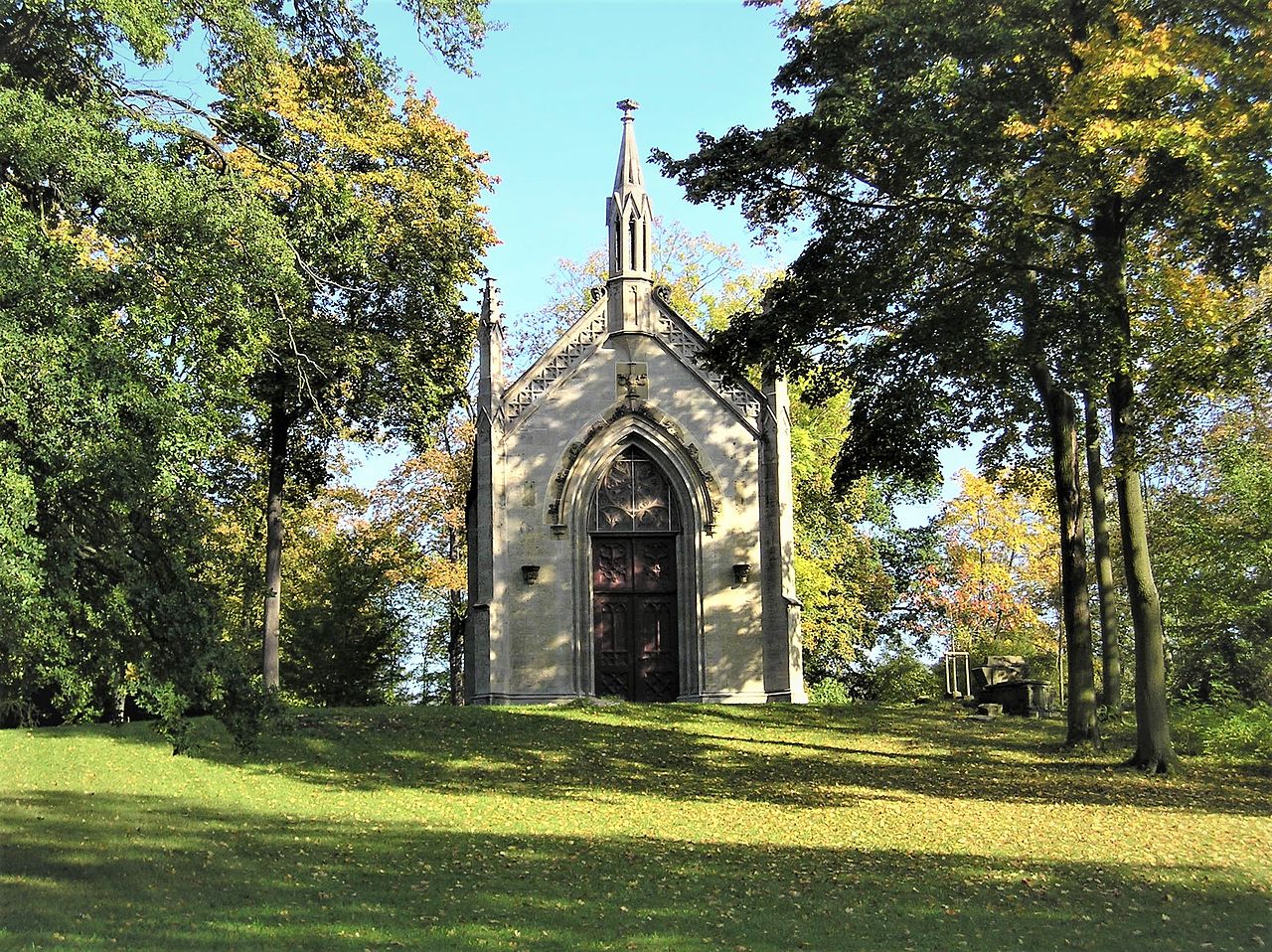by Scott Mehl © Unofficial Royalty 2018
Charlotte Amalie of Hesse-Philippsthal, Duchess of Saxe-Meiningen; Credit – Wikipedai
Charlotte Amalie of Hesse-Philippsthal was the wife of Anton Ulrich, Duke of Saxe-Meiningen. She was born in Philippsthal, Landgraviate of Hesse-Philippsthal, now in the German state of Hesse, on August 11, 1730, to Carl I, Landgrave of Hesse-Philippsthal and Princess Christina of Saxe-Eisenach. Charlotte Amalie had four siblings:
- Wilhelm, Landgrave of Hesse-Philippsthal (1726-1810) – married Ulrike Eleonore of Hesse-Philippsthal-Barchfeld, had issue
- Karoline Amalie (1728-1746) – unmarried
- Friedrich (1729-1751) – unmarried
- Philippine (1731-1762) – unmarried

Anton Ulrich, Duke of Saxe-Meiningen; Credit – Wikipedia
On September 26, 1750, in Homburg von der Höhe, Landgraviate of Hesse-Homburg, now in the German state of Hesse, Charlotte Amalie married Anton Ulrich, Duke of Saxe-Meiningen, who was 43 years older. He had previously contracted a morganatic marriage and had ten children, but they were not eligible to succeed to the ducal throne. This marriage was solely intended to provide an heir for Saxe-Meiningen. The couple had eight children:
- Charlotte (1751-1827) – married Ernst II, Duke of Saxe-Gotha-Altenburg, had issue
- Luise (1752-1805) – married Landgrave Adolph of Hesse-Philippsthal-Barchfeld, had issue
- Elisabeth (1753-1754) – died in infancy
- Karl Wilhelm, Duke of Saxe-Meiningen (1754-1782) – married Princess Luise of Stolberg-Gedern, no issue
- Friedrich Franz (1756-1761) – died in childhood
- Friedrich Wilhelm (1757) -died in infancy
- Georg I, Duke of Saxe-Meiningen (1761-1803) – married Princess Luise Eleonore of Hohenlohe-Langenburg, had issue
- Amalie (1762-1798) – married Prince Carl Heinrich Erdmann of Carolath-Bytom
Following her husband’s death in 1763, Charlotte Amalie was appointed the sole guardian of their sons, and as such, served as Regent of Saxe-Meiningen. At the time, the duchy was in financial and economic ruin. Charlotte Amalie is credited with quickly restoring the duchy’s wealth through reforms, economic reconstruction, and strict austerity measures. Within a year, the government was again functioning effectively, for which she gained the nickname ‘Savior of the Duchy’. Her efforts were recognized by the Holy Roman Emperor Joseph II, who appointed her as director of a commission to help the neighboring Duchy of Saxe-Hildburghausen, which was financially in even more dire straits.

Amalienruh. source: Wikipedia
In 1782, when her younger son reached his majority, Charlotte Amalie ceased to serve as Regent. Several years earlier, she had taken possession of an estate in Sülzfeld, near Meiningen, in the Duchy of Saxe-Meinigen, now in the German state of Thuringia, previously owned by her sister-in-law Elisabeth Sophie of Brandenburg. She renamed the property Amalienruh and oversaw numerous expansions of the buildings and the grounds. Amalienruh became Charlotte Amalie’s primary residence after ceasing to serve as Regent.

Ducal Crypt, Meiningen. photo: Von kramer96 – Original uploader was Kramer96 at de.wikipedia.Originaltext: eigene Aufnahme, CC BY-SA 3.0, https://commons.wikimedia.org/w/index.php?curid=19859816
The Dowager Duchess Charlotte Amalie died in Meiningen, Duchy of Saxe-Meinigen, now in the German state of Thuringia, on September 7, 1801. Per her wishes, she was not buried in the Castle Church at Elisabethenburg Palace – the traditional burial site of the Dukes of Saxe-Meiningen. Instead, she was interred in the Ducal Crypt Chapel (link in German) in the Meiningen municipal cemetery. In 1977, her remains were removed from the chapel, cremated, and buried elsewhere in the cemetery grounds.
This article is the intellectual property of Unofficial Royalty and is NOT TO BE COPIED, EDITED, OR POSTED IN ANY FORM ON ANOTHER WEBSITE under any circumstances. It is permissible to use a link that directs to Unofficial Royalty.
Saxe-Meiningen Resources at Unofficial Royalty
